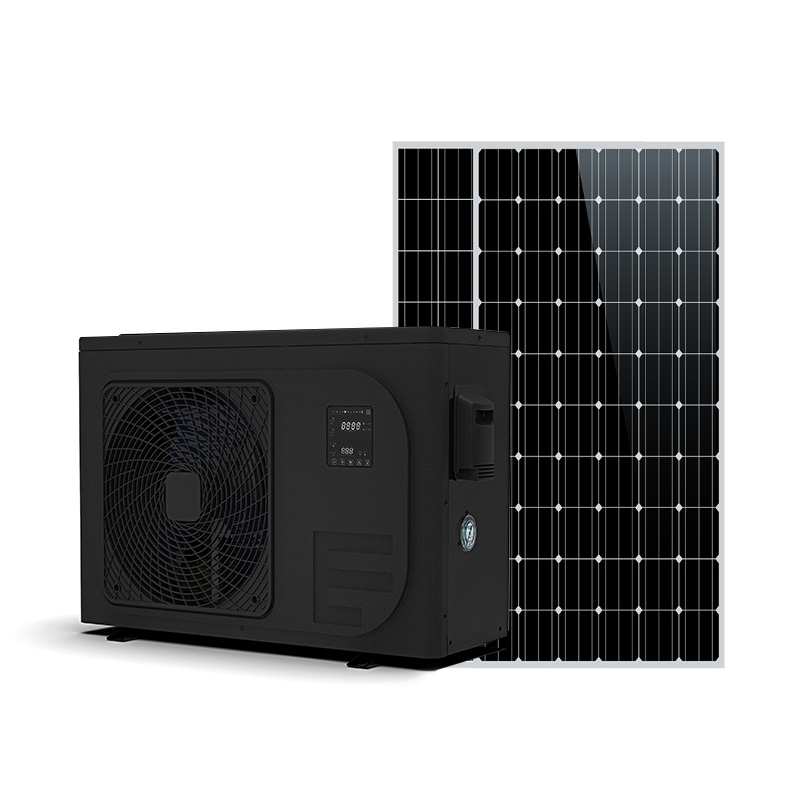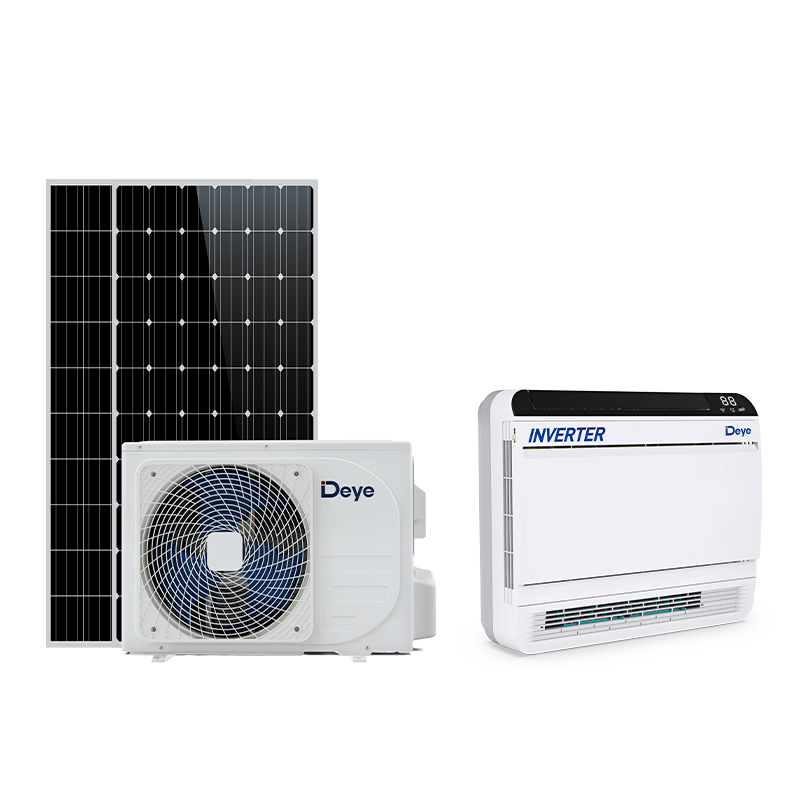The integrated design of Ningbo Deye inverter Technology Co, Ltd's Solar Heat Pump Monoblock R290 (Hybrid ACDC) is the key to its adaptability to multiple environments. This product tightly integrates multiple core components in the heat pump system, such as compressor, evaporator, condenser, expansion valve, etc., into a single module instead of distributing these components in different devices. This integrated design not only greatly simplifies the installation process of the equipment, but also optimizes the collaborative work between the components, so that the heat exchange efficiency and energy efficiency of the system are maximized.
Under changing environmental conditions, the integrated design can make the temperature control and heat transfer inside the system more precise, reducing the heat loss and transmission delay common in traditional split designs. This means that no matter how the external environment changes, the Deye solar heat pump all-in-one can respond quickly and adjust the operating status to ensure the stability and comfort of the indoor temperature. At the same time, this efficient heat exchange process also enables the system to operate stably in extreme environments, further improving the environmental adaptability of the product.
Ningbo Deye inverter Technology Co, Ltd's solar heat pump integrated machine R290 demonstrates excellent environmental adaptability through its integrated design and can maintain efficient operation under different climatic conditions.
In cold climatic conditions, Deye solar heat pump integrated machine can give full play to the advantages of its heat pump technology and provide continuous and stable heating effects. Traditional heat pump systems often perform poorly in low temperature environments, with reduced efficiency or even failure to operate normally. The Deye solar heat pump integrated machine can continue to work efficiently and effectively in severe winters through its optimized integrated design and efficient heat exchange system to ensure the stability of indoor temperature. Even at ambient temperatures as low as -15°C, the system can still provide reliable heating effects, ensuring that users can enjoy a comfortable living experience in cold weather; in warm or hot areas, especially in subtropical and tropical climates, Deye solar heat pump integrated machine also performs well. Thanks to its efficient reverse heat pump function, the device can not only provide heating services, but also provide cooling in summer. The integrated design enables the system to more accurately adjust the cooling and heating capacity, automatically optimize the operating status according to changes in indoor and outdoor temperatures, and achieve energy saving while maintaining a comfortable indoor environment. Compared with traditional air conditioning systems, Deye solar heat pump all-in-one can work more efficiently in high temperature environments, while reducing dependence on grid power and reducing energy consumption; in areas with sufficient sunshine, especially in the Middle East, South Asia and Southeast Asia, the solar integration function of Deye solar heat pump all-in-one can greatly improve the energy efficiency of the system. Through the integrated design, the system can efficiently use solar energy to provide the required power for the equipment and reduce dependence on the traditional power grid. In these areas, the equipment can use the abundant solar energy resources to greatly reduce electricity bills, achieve energy self-sufficiency, and reduce greenhouse gas emissions. The integrated design effectively reduces the energy loss within the system, making the use of solar energy more efficient, especially under high temperature and strong light conditions, the equipment can operate continuously and stably.
The integrated design not only improves the environmental adaptability of Deye solar heat pump all-in-one R290, but also makes the system more flexible to various building types and space environments. Whether in family homes, commercial office buildings, or industrial facilities, the equipment can be easily integrated and provide reliable heating, cooling and hot water services.
In residential applications, especially those with limited space, the integrated design can save installation space to the maximum extent, allowing the equipment to be easily installed on balconies, roofs or other locations that do not occupy indoor living space. In this way, home users can enjoy more efficient and energy-saving air conditioning and water heating services without affecting the beauty and comfort of the living space.
For commercial buildings, the integrated design of Deye Solar Heat Pump Integrated R290 can help owners save space and reduce system complexity. Commercial buildings usually require large areas of air conditioning and heating equipment, and traditional systems often require a large amount of external space and increase the complexity of connections between equipment. The integrated design makes the equipment more integrated and occupies less space, which can provide continuous and stable temperature regulation for commercial buildings while reducing energy consumption and operating costs.
In addition to its significant advantages in environmental adaptability, Deye Solar Heat Pump Integrated R290 (Hybrid ACDC) also demonstrates its unique advantages in environmental protection and maintenance costs. Through the integrated design, the various components of the equipment can work more closely together, reducing failures and energy waste caused by component incompatibility and extending the service life of the system. In addition, due to the high integration of internal components, the maintenance of Deye solar heat pump all-in-one unit has become easier. Maintenance personnel can quickly locate problems and repair them, reducing the time and cost of maintenance and repairs.


 Español
Español русский
русский Français
Français Português
Português Deutsch
Deutsch عربى
عربى italiano
italiano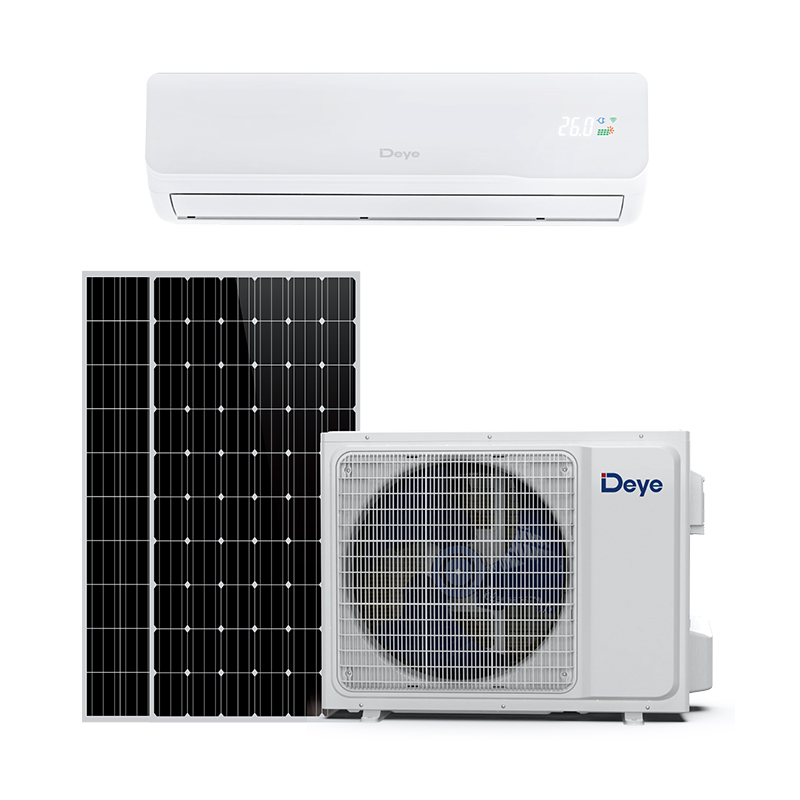
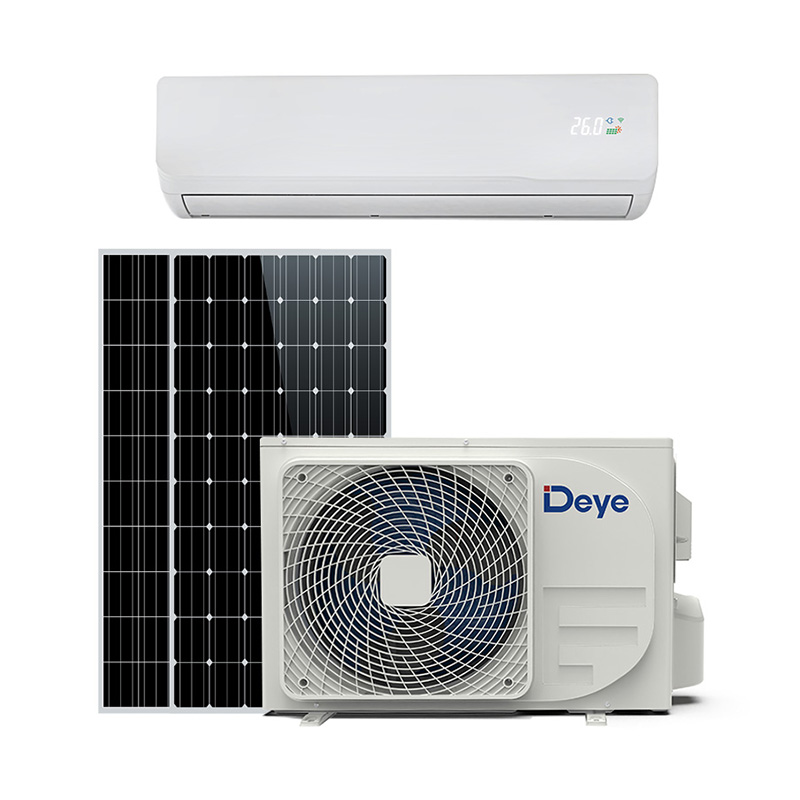
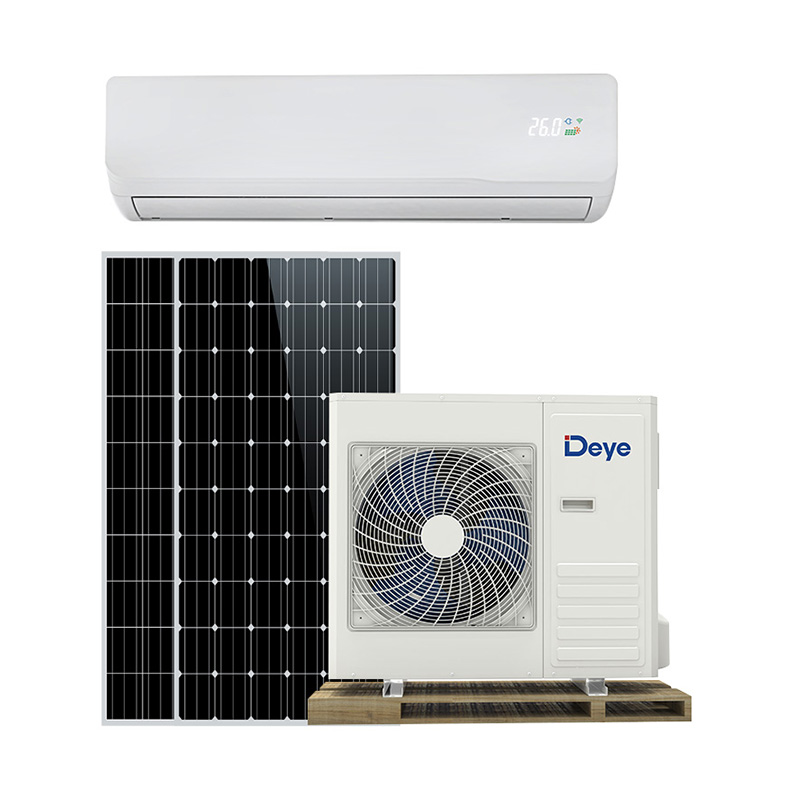

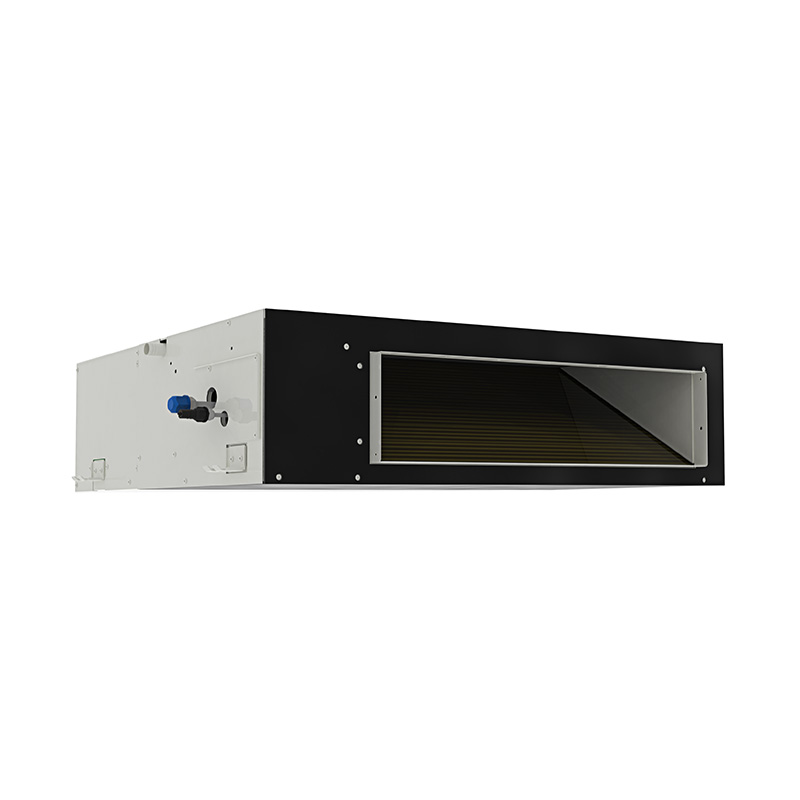
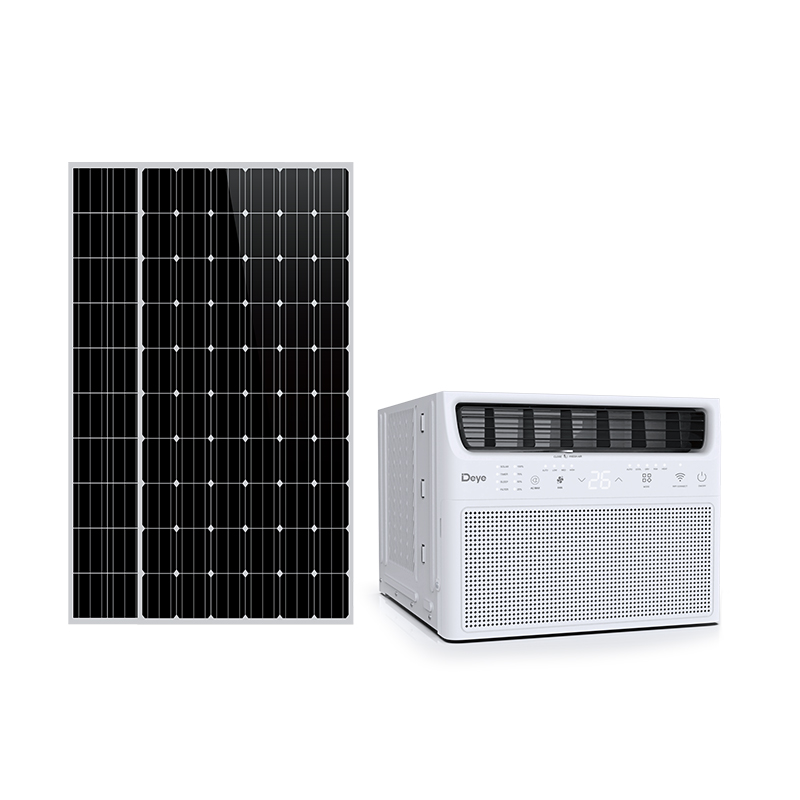
-1.jpg)


